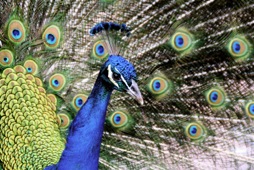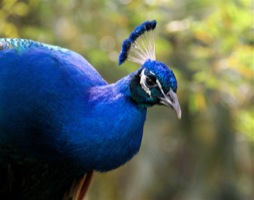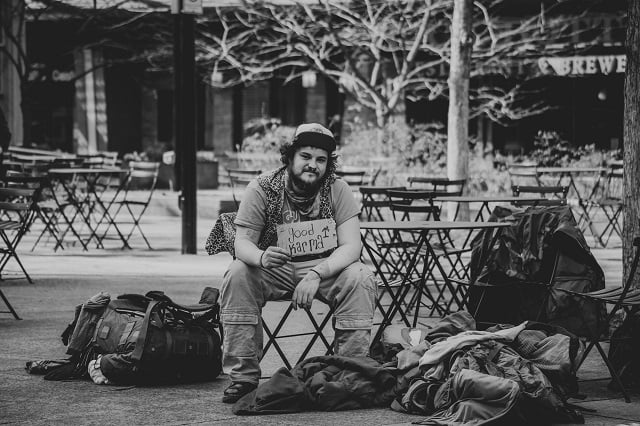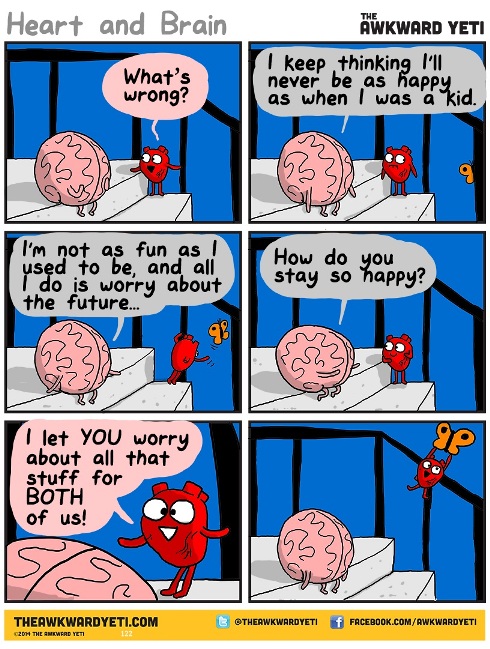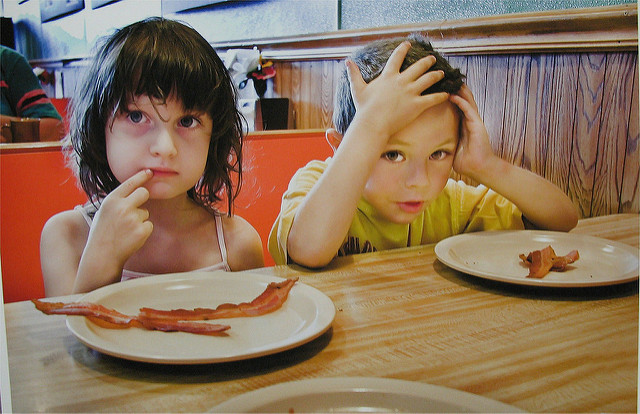
Another mealtime had arrived, signaling the start of another battle with my six-year-old over eating her dinner.
I usually love cooking, but lately, it had become a source of stress—as it led to the inevitable dinnertime chaos.
Mealtimes had come to include: my husband’s frustration levels rocketing, my six-year-old pushing her dinner around the plate, my eight-year-old looking forlorn, and me feeling that preparing a nutritious meal was a complete waste of time. I’d often feed my youngest daughter and pay no attention to what I was eating. Mealtimes were far from a picture of family happiness.
Finally, a few weeks ago, I’d reached mealtime meltdown.
During our family dinner, my six-year-old requested frequent visits to the toilet and drinks of water, protested that she didn’t like the food, and managed to drop most of her food on the floor around her. She complained about finger aches, hair aches, and tiredness—and then moved on to asking what was for pudding. All of it to avoid eating.
After trying everything from crocodile-shaped sandwiches to reward charts, I was frustrated. But, by focusing on my daughter’s eating habits, I began to notice my own patterns and realized that I also didn’t enjoy or concentrate on eating—I was jut trying to get the exercise out of the way as quickly as possible so I could get on to the next chore. Yes, eating and mealtimes had become a chore.
I cast my mind back to a retreat I’d attended while expecting my third child, and to the relaxed, mindful eating we did there. Instantly, the negative narrator in my head spoke up: ‘’It’s easy to practice mindful eating when you are on a retreat or in a mindfulness class. At home, you don’t have time to gulp a cup of tea, let alone 10 minutes to deliberate every sip of it.’’
That evening, I observed my six-year-old and noticed how distracted she was, and then I glanced around the table and realized how disconnected we all were from the food we were eating.
I started to think more about mindful eating.
For me, the demands of family, work, and a myriad of tasks (that all needed doing yesterday) often mean that mindlessly grabbing a cup of coffee and drinking it while it is still hot is a major achievement. I think it is fair to say that in our fast-paced society, most people barely get time to eat and enjoy mealtimes, let alone eat them mindfully.
We spend much more time worrying about what we eat rather than how we eat it. My energy had only been focused on making sure that nutritious food was on the plate, yet how we eat is just as important as what we eat. Indeed, changing our attitudes and practices around meals and mealtime rituals are just as important.
Mindful eating is not a new concept designed for hippies. This concept, with its roots in
Buddhist teachings, aims to reconnect us more deeply with the experience of eating and truly enjoying our food.
I began thinking about the last time I had enjoyed and savored a meal or even a drink.
Even when dining out, it’s easy to become distracted and not be truly present or mindful in our eating. Indeed, there can be noise from other diners, interruptions, and even nerves to deal with during a meal out. And at home, it can be difficult to eat mindfully while children chatter and pick at their food, the dog needs letting out, and the telephone and doorbell ring. It must be concluded that modern living does not help with mindful eating practices.
So, with my experiences of eating at the retreat in mind, I realized that mindful eating was only going to work if I could fit it into my family lifestyle. Mindful eating is based on the idea that there is no right or wrong way to eat, but that we can eat with varying degrees of consciousness about what we are eating and why.
The goal of mindful eating is to become intuitive and then to base our meals on physical cues, such as our bodies’ hunger signals, rather than our emotional need for comfort through food. This is often a difficult lesson for adults, and presenting it to young children even more so.
I decided to start small and introduce the concept of mindful eating to my children in a practical way—with five minutes and a strawberry.
I asked my children to sit down and look at the strawberry that was on their plate, sparking chatter about the colour and texture. Then, I asked them to sniff the strawberry and explain what it smells of. Next, we touched the strawberry and explored its coarse green leaves and dimpled fruit. Then, they were asked to take a bite from the strawberry and think about how it felt in their mouth. With the next mouthful, my girls considered the taste, and with the final bite, they thought about the sound of the strawberry as they ate it. My children really enjoyed the exercise and by introducing the concepts of look, smell, touch, taste, and sound to the simple task of eating a strawberry, they had actually completed their first mindful eating experience.
Practically, I wouldn’t be able to conduct every mealtime like this, but I have introduced a few mindful eating practices into family mealtimes and they are working. Mealtimes are not silent, reflective times, and nor would I want them to be, but my six-year-old is keeping the food on her fork and concentrating on what is on her plate.
My top tips for mindful eating with children are:
Eat slower:
Eating slowly doesn’t mean taking forever to eat a celery stick. Still, it’s a good idea to remind yourself and your loved ones that eating is not a race, and there is no prize for finishing first. It should never be a rush to get to the sweet course or pudding.
Taking time to savor and enjoy our food is one of the healthiest things we can do, and is just as important as the nutritional value of the food on our plates. When we take our time to eat, we are more likely to notice when we are full, we’ll chew our food more, aiding our digestion, and we’ll probably notice flavours, textures, and subtle tastes we might otherwise have missed.
By introducing the concept of look, smell, touch, taste, and sound to my children when contemplating the food on their plates, I have found that mealtimes are now more appealing to them and it has slowed down their eating, yet increased their focus and consumption.
Silence and reflection:
It is difficult to introduce silence at mealtimes, especially with children, but I have found that encouraging and introducing some quiet time and reflection at mealtimes is invaluable. So now, I start every mealtime with a small piece of fruit or something that the children can reflect over, using the ‘’looking’’ and ‘’smelling’’ stages as quiet time.
Silence the electronic devices:
I’ve made our family mealtimes device-free zones, and I have also found it useful to unplug the phone during mealtimes. Mealtimes are about eating, not electronics and distractions.
Pay attention to flavours and textures:
It can be so easy to just shovel food in and treat eating as another chore to perform before moving on to the next task. Paying attention to the flavours and textures of our food can be a great way to start eating mindfully. The texture of the food on our plates is something we rarely consider—start with that.
Connect with the food on your plate:
I realized that I rarely spend any time appreciating, contemplating, and connecting with the story behind the food on my plate. During our family mealtimes, we now also consider the journey of the food we are eating. Who grew this? How? Where did it come from? When I start pondering these questions about the food I eat, I have found it impossible not to be mindful.
As a result of these changes, the mealtime chaos we previously experienced has calmed down considerably. Mindful eating is a simple commitment to appreciating, respecting, and enjoying the food I eat every day. My children have responded to it in a positive way and are no longer so distracted (and distracting) at mealtimes.
~
Relephant:
~
